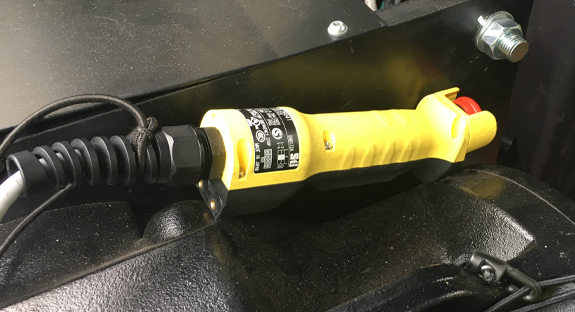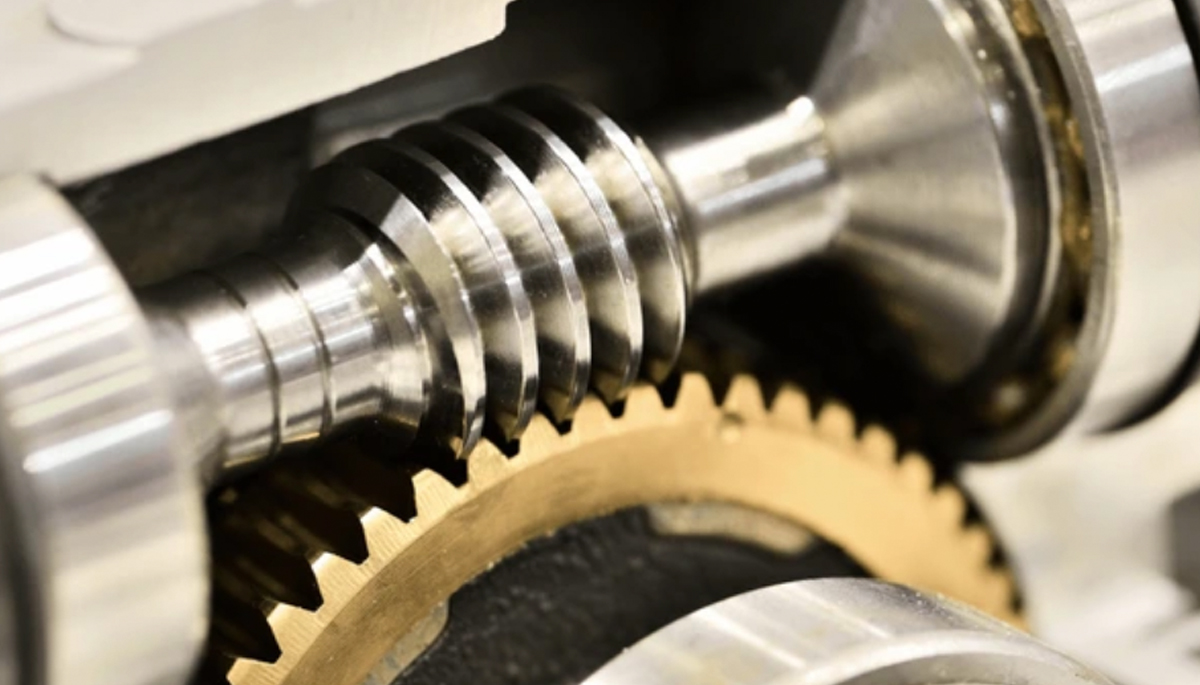We all want more: the most powerful device, the all-option one. We often forget that tailoring the product specifications to our needs might make our job much easier and the product will perform better. An over-performing design approach – for example, a winch with a much higher rated capacity than required or a performer flying machinery used to lift a speaker cluster – often ends up with unnecessary complexity, a larger and heavier product and a higher price tag.
Use Cases?
Most of our readers will be familiar with the new Use Cases described in the EN 17206 standard. If you’re not sure what we are talking about, here there is a short summary. The Use Cases (UC) are 18 new categories for entertainment industry machinery. They differ substantially from previous regulations. The UC classify machinery not only based on the classical intended use (hazard vs people), but also on the structural use (shared load vs non-shared load), the type of movement (horizontal, lifting, or rotational) and their location on the stage (upper or lower machinery).
This article will focus on the shared/non-shared load (multiple axes/single axis) machinery under EN 17206. In particular, on the fact that non-shared load machinery are categorised under the Odd numbered Use Cases and the machineries sharing load, under the Even numbers.
Whilst I am writing this article, there are a large group of entertainment industry machinery manufacturers designing upper lifting machinery (or trying to retrofit their existing designs) for UC2, UC4 or UC6. As if designing the machinery for UC1, UC3 or UC5 was undermining their capabilities.
The statement above is also valid for – although the UC are less commonly used:
- Manufacturers designing lifts for UC-LSL2, UC-LSL4 or UC-LSL6 instead of UC-LSL1, UC-LSL3 or UC-LSL5.
- Manufacturers designing wagons and trolleys for UC-LSH2, UC-LSH4 or UC-LSH6 instead of UC-LSH1, UC-LSH3 or UC-LSH5.
Why do the experts in the TC433 include the Odd use cases?
The answer is simple, the Use Case usage – in its infancy – has not been properly understood. Anyone can purchase machinery and equipment and use it however they like – please hold on this though, do not scream at me just yet. However, using a product against manufacturer recommendations – user manual – will invalidate any manufacturer’s liability on any injuries or damages caused by the product malfunctioning, and also wave any guarantee in case of a needed repair. For this reason, the experts decided (full disclosure: the author was a member of the TC433 group) that in order to claim compliance to the new EN 17206 standard, manufacturers would have to declare the Use Case for their machinery. The UC statement will make cristal clear what is the intended use of the machine.
The users – if they want to shift some responsibility to the manufacturer – will have to use machinery according to its intended use (Use Case). Following this logic, for the user it is a lot safer – from a liability point of view – to use an Even Use Case machine if they are planning to combine machinery. However, from the manufacturer point of view it is cheaper and easier to design a machine for Odd Use Cases.
I Can’t Even! – Manufacturer’s perspective
The Even Use Cases are not just a declaration that your machine can be combined with others of the same kind. Instead, the risks occurring from the hazards related to the common shared load movement must be reduced by the manufacturer with design measures. The Even Use Case manufacturer statement declares that when the user combines machinery the resulting machine will be safe to use. For this statement to be true either all imaginable hazards must be addressed, or the intended use must be limited. For example, the maximum number of axes could be one of the limitations of the Intended Use when designing winches for Even Use Cases – UC2, UC4 and UC6.
Are manufacturers willing to take any liabilities for hazards occurring from a hundred machines working together? What about a thousand?
The newly published EN17206 standards has no requirement to declare the maximum number of axes allowed for Even Use Cases. The missing requirement pushes manufacturers to embrace the Even Use Cases as there are no additional requirements between an Even and an Odd Use Case in order to comply with the standard – The requirements listed in Annex C of EN 17206 are informative text.

However, when functional safety is at play – following EN 62061, the standard about functional safety of machinery – limiting the number of machines is of the utmost importance to understand when the SIL statement is no longer true. For example, the reliability of two pairs of brake contactors is twice worse than one pair and ten STOs will be ten times less reliable than one. What once was a SIL3 safety function for a single machine, it might drop to SIL2 when three or more machines are combined.
The requirements are simple, either the manufacturer should provide a maximum number of machines when declaring an Even Use Case or it should provide the minimum information and simple guidance for the user to calculate the resulting SIL.
Make it Even! – User’s perspective
The user – who, regardless of the use case, becomes a manufacturer if putting together a machinery installation and multiple individual machines are interacting with each other – will be taking the responsibility of the installation, of the load bearing elements, the lifting accessories, the load, and the overall environmental conditions of the installation. However, the user will NOT be taking any responsibility for the malfunction of the machinery, or the combination of machinery, if the products are labelled with an Even Use Case number, and the user is following manufacturer instructions. Under those circumstances, when the user is performing the assembly of machinery risk assessment – according to ISO EN 12100, the standard about safety of machinery – all the hazards arising from the machinery and the combined machinery will be covered by the manufacturer Risk Assessment and the machine will be safe to use under the manufacturer Declaration of Conformity.

On the other hand, if the user decides to combine Odd User Case numbered machines – to obtain the compliance documentation – the installation will also require a Machinery Risk Assessment EN 12100, however this time, the hazards from the combinations of machines must also be addressed. The resulting risk needs to be either reduced or controlled in order to reach the presumption of compliance necessary for the assembly of machinery Declaration of Conformity to be valid.
For any Use Case – when combining machinery – the user must ensure the functional safety statements in the user manual are still valid, or perform the required calculations in order to demonstrate it is still the case.
Note that the Machinery Installation Risk Assessment is a different document to the RAMS (Risk Assessment and Method Statement), the latter would refer to the hazards related to H&S at Work during – for example – the installation process. The former would describe the hazards – usually derived from the machine design – related to the use of the machinery installation, under the Machinery Directive law, EN 12100 and EN 17206.
Odd omens
I am sorry to disappoint the reader, but at this stage we cannot predict a clear winner. When Even Use Cases are at play, the manufacturer will assume a greater liability – higher to the one that existed before EN17206 – and, given the Risk Assessment flexibility, either the machine use will be more constrained, or the product will be unnecessarily more expensive. On the other hand, placing a machine in the market under an Odd Use Case will automatically shift some responsibilities to the user, but will make the machine easier to use, more flexible and probably more price competitive.
All Use Cases have their purpose, all of them are valid for all installations. User requirements might differ when using Odd Use Cases and combined machinery. Manufacturers designing only for a subset of Use Cases just limit the overall possibilities of entertainment industry machinery.





